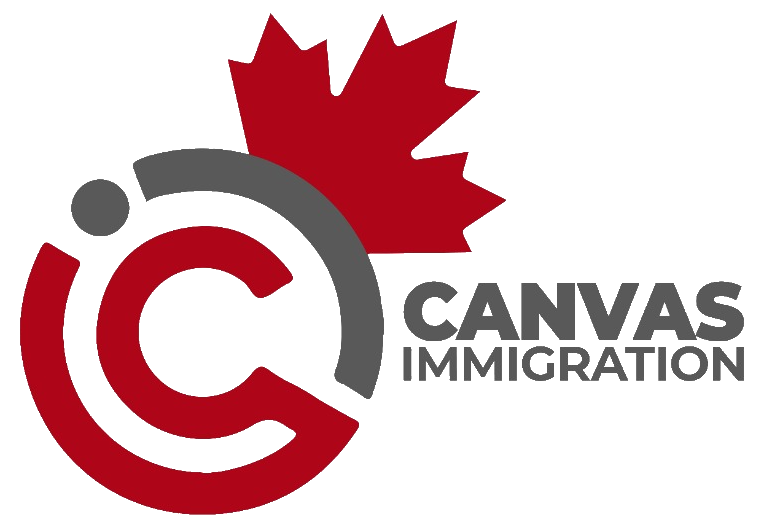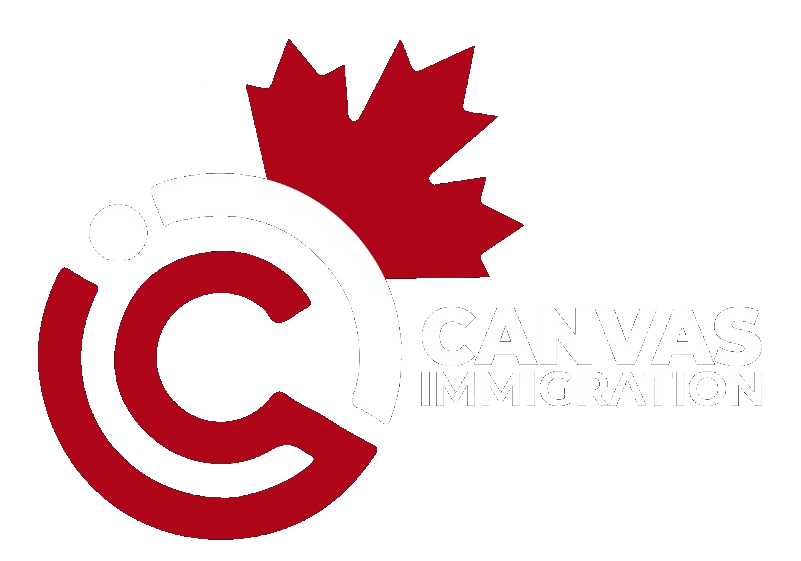Last Updated On 14 February 2025, 9:13 AM EST (Toronto Time)
As the 2025 tax-filing season approaches, Ontario residents are gearing up to file their 2024 tax returns with the Canada Revenue Agency (CRA).
The tax season officially begins on February 24, 2025, with online filing via NETFILE, with a filing deadline of April 30, 2025, for most Canadians.
If you’re self-employed, the deadline extends to June 16, 2025, but any taxes owed are still due by April 30 to avoid penalties.
Understanding the Canadian progressive tax system, which combines federal and provincial tax brackets, is crucial for effective financial planning.
Whether you’re budgeting for your career, lifestyle, or major expenses, knowing how your income is taxed can save you money and stress.
In this comprehensive guide, we’ll break down the new Ontario income tax brackets for 2025, explain how to calculate your taxes, and provide practical examples to help you navigate the system.
Table of Contents
Canada operates on a progressive tax system, meaning your income is taxed at different rates depending on how much you earn.
The more you make, the higher the tax rate on additional income. This system ensures fairness by taxing lower earners at lower rates and higher earners at higher rates.
For Ontario residents, you’ll pay both federal income tax (set by the CRA) and provincial income tax (set by the provincial government).
These rates are applied to different portions of your income based on predefined tax brackets.
Let’s dive into the details of the federal and Ontario tax brackets for 2024 income, which will form the basis for your 2025 tax filing, and explore how to calculate your taxes with real-world scenarios.
The federal government sets tax brackets that apply to all Canadians, regardless of province.
These brackets are adjusted annually for inflation, and the rates for 2024 are as follows:
- 15% on taxable income up to $55,867.
- 20.5% on taxable income between $55,867.01 and $111,733.
- 26% on taxable income between $111,733.01 and $173,205.
- 29% on taxable income between $173,205.01 and $246,752.
- 33% on taxable income above $246,752.
The federal Basic Personal Amount (BPA) is the income you can earn without paying federal tax.
For 2024:
- The BPA is $15,705 for individuals with a net income of $173,205 or less.
- For incomes between $173,205 and $246,752, the BPA gradually decreases to $14,156.
- If your income exceeds $246,752, your BPA is $14,156.
This non-refundable credit reduces your federal tax liability. For example, at a 15% tax rate, the maximum BPA credit is $15,705 × 15% = $2,355.75.
Ontario sets its own provincial tax brackets, which are added to the federal rates. For 2024, the province’s tax brackets are:
- 5.05% on taxable income up to $51,446.
- 9.15% on taxable income between $51,446.01 and $102,894.
- 11.16% on taxable income between $102,894.01 and $150,000.
- 12.16% on taxable income between $150,000.01 and $220,000.
- 13.16% on taxable income above $220,000.
The provincial Basic Personal Amount (BPA) for 2024 is $12,399. This amount is exempt from provincial tax, and at the lowest rate of 5.05%, it provides a tax credit of $12,399 × 5.05% = $626.15.
The Canadian progressive tax system means only the portion of your income that falls into each bracket is taxed at that rate.
For example, if you earn $60,000, you don’t pay 20.5% federal tax on the entire amount. Instead:
- The first $55,867 is taxed at 15% (federal).
- The remaining $4,133 ($60,000 – $55,867) is taxed at 20.5%.
The same logic applies to Ontario’s provincial brackets. This ensures you’re not overtaxed on lower portions of your income.
To calculate your total tax liability, you’ll combine federal and provincial taxes after accounting for the BPAs.
Below, we’ll walk through examples for different income levels, assuming no additional deductions or credits beyond the BPAs.
Example 1: Annual Income of $30,000
- Federal Tax:
- Income after BPA ($15,705): $30,000 – $15,705 = $14,295.
- Tax on $14,295 at 15% = $2,144.25.
- Ontario Tax:
- Income after BPA ($12,399): $30,000 – $12,399 = $17,601.
- Tax on $17,601 at 5.05% = $888.85.
- Total Tax: $2,144.25 (federal) + $888.85 (provincial) = $3,033.10.
Example 2: Annual Income of $60,000
- Federal Tax:
- Income after BPA ($15,705): $60,000 – $15,705 = $44,295.
- First $55,867 at 15% = $8,380.05.
- Remaining $4,133 ($60,000 – $55,867) at 20.5% = $847.27.
- Total federal tax = $8,380.05 + $847.27 = $9,227.32.
- Ontario Tax:
- Income after BPA ($12,399): $60,000 – $12,399 = $47,601.
- Tax on $47,601 at 5.05% = $2,403.85.
- Total provincial tax = $2,403.85.
- Total Tax: $9,227.32 (federal) + $2,403.85 (provincial) = $11,631.17.
Example 3: Annual Income of $100,000
- Federal Tax:
- Income after BPA ($15,705): $100,000 – $15,705 = $84,295.
- First $55,867 at 15% = $8,380.05.
- Next $28,428 ($84,295 – $55,867) at 20.5% = $5,827.74.
- Total federal tax = $8,380.05 + $5,827.74 = $14,207.79.
- Ontario Tax:
- Income after BPA ($12,399): $100,000 – $12,399 = $87,601.
- First $51,446 at 5.05% = $2,598.02.
- Next $36,155 ($87,601 – $51,446) at 9.15% = $3,308.18.
- Total provincial tax = $2,598.02 + $3,308.18 = $5,906.20.
- Total Tax: $14,207.79 (federal) + $5,906.20 (provincial) = $20,113.99.
Example 4: Annual Income of $500,000
- Federal Tax:
- Income after BPA ($14,156): $500,000 – $14,156 = $485,844.
- First $55,867 at 15% = $8,380.05.
- Next $55,866 at 20.5% = $11,452.53.
- Next $61,472 at 26% = $15,982.72.
- Next $73,547 at 29% = $21,328.63.
- Remaining $239,092 at 33% = $78,900.36.
- Total federal tax = $136,044.29.
- Ontario Tax:
- Income after BPA ($12,399): $500,000 – $12,399 = $487,601.
- First $51,446 at 5.05% = $2,598.02.
- Next $51,448 at 9.15% = $4,707.49.
- Next $47,106 at 11.16% = $5,257.03.
- Next $70,000 at 12.16% = $8,512.00.
- Remaining $267,601 at 13.16% = $35,216.29.
- Total provincial tax = $56,290.83.
- Total Tax: $136,044.29 (federal) + $56,290.83 (provincial) = $192,335.12.
- February 24, 2025: CRA opens tax filing for 2024 returns via NETFILE.
- April 30, 2025: Deadline for most Canadians to file taxes and pay any owed amounts.
- June 16, 2025: Extended deadline for self-employed individuals (filing only; taxes owed are due April 30).
Filing early can help you avoid penalties and ensure faster processing of refunds.
Use CRA’s NETFILE for quick submissions, with refunds typically issued within 2-3 weeks. Paper returns may take 8 weeks or more.
- Maximize RRSP Contributions: For 2024, the RRSP limit is $31,560 (or 18% of your 2023 earned income, whichever is lower). Contributions reduce your taxable income.
- Claim Tax Credits: Look into credits like the Medical Expense Tax Credit, Canadian Child Benefit (CCB), and disability tax credits.
- Use Tax Software: Tools like TurboTax or Wealthsimple can simplify calculations and identify deductions.
- Consult a Tax Professional: For complex situations (e.g., self-employment or rental income), professional advice can save you money.
Understanding the combined federal and Ontario tax brackets for 2024 helps you plan for the 2025 tax season.
By estimating your tax liability now, you can adjust withholdings, maximize deductions, and avoid surprises.
Whether you’re earning $30,000 or $500,000, knowing how your income is taxed empowers you to make smarter financial decisions.
For more details, visit the CRA website or consult a tax expert. Stay ahead of the April 30 deadline and file confidently!
Gagandeep Kaur Sekhon
Something went wrong. Please refresh the page and/or try again.
You may also like: New Canada Tax Deadline 2025 and Important CRA Dates
New Canada Rules To Cancel Temporary Resident Documents
New Minimum Wage Increase In Ontario Coming In 2025
Extend Your Stay In Canada Legally After Work Permit Expiry

